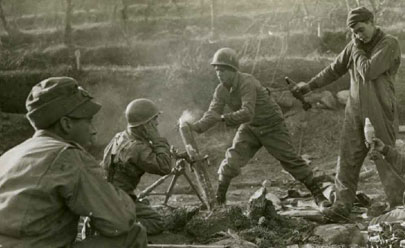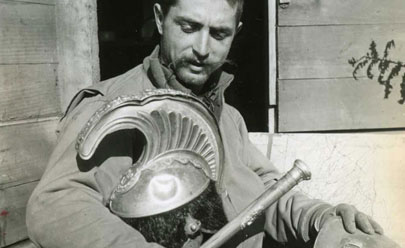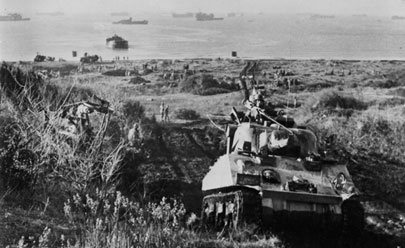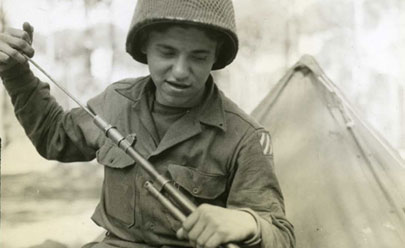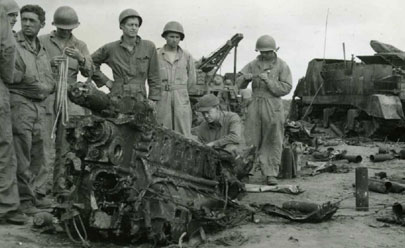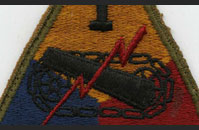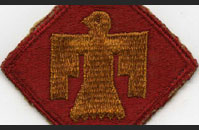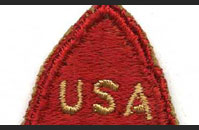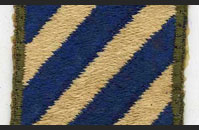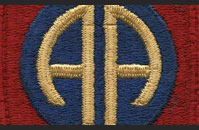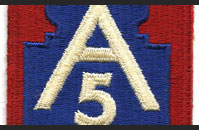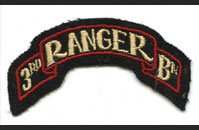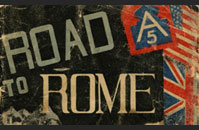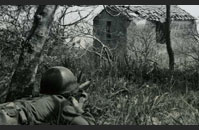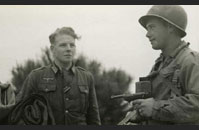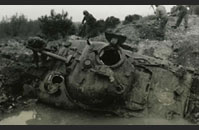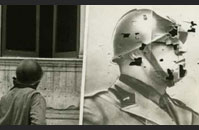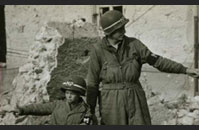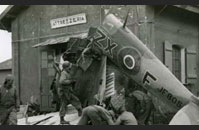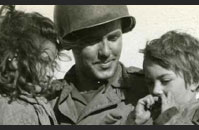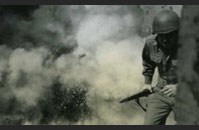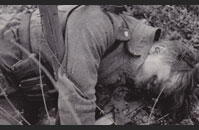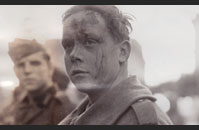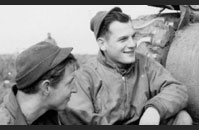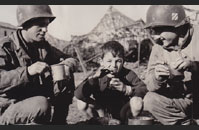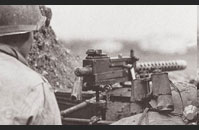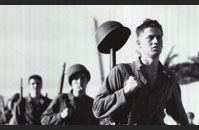FOCUS ON: STALEMATE AT ANZIO:
On 22 January 1944, fifty-thousand men of the US Fifth Army landed at the Italian port city of Anzio. By outflanking the German Gustav Line with an amphibious landing, the Allies hoped to break the stalemate that had developed following the initial invasion of the Italian mainland at Salerno in September 1943. Code named Operation Shingle, the landing was also intended to draw German forces toward Anzio, thereby weakening the Gustav Line and allowing an Allied breakthrough in the south. Once achieved, the amphibious force would link up with the overland force thirty miles south of their main objective: Rome.
The landings at Anzio took the Germans by complete surprise. In a virtually unopposed landing, the Allies seized all initial objectives by noon on D-Day with only seventeen killed and ninety-seven wounded. The German high command led by Field Marshal Albert Kesselring reacted quickly and dispatched thousands of troops from north of Rome to the Anzio area. Within a week, the Germans had contained the Allied beachhead at Anzio without weakening its forces on the Gustav Line to the south. The situation quickly stagnated; Allied forces were unable to break out of the beachhead, while German forces were unable to push the Allies into the sea.
The stalemate at Anzio resulted in static defensive lines — more typical of World War I than World War II — characterized by deep entrenchments, sporadic artillery bombardments during the day, and infantry probing attacks at night. The situation remained unchanged until Allied forces were able to break through the Gustav Line on 18 May 1944, and broke out of Anzio by 27 May 1944. The Allied forces advanced rapidly, capturing Rome on 5 June; but they had missed the chance to destroy the main German force in Italy.
Patches and Additional Artifacts:
Images from the Collection of the National WWII Museum:
Photographs from the service of Brig. Gen. T. J. Tully, Chief Signal Officer, Allied Forces Headquarters (Mediterranean Operations)
A graduate of West Point (class of 1920), Brig. Gen. T. J. Tully began World War II as a signal officer of the Central Task Force landing in Africa on D-Day, 8 November 1942. He was promoted to Signal Officer of II Corps for the entire Tunisian campaign, serving under the command of Generals Fredendall, Patton and Bradley. Promoted again, Tully finally served as Chief Signal Officer for Allied Forces Headquarters for all Mediterranean operations. These images were taken under his command in that position.
Images from the National Archives:

